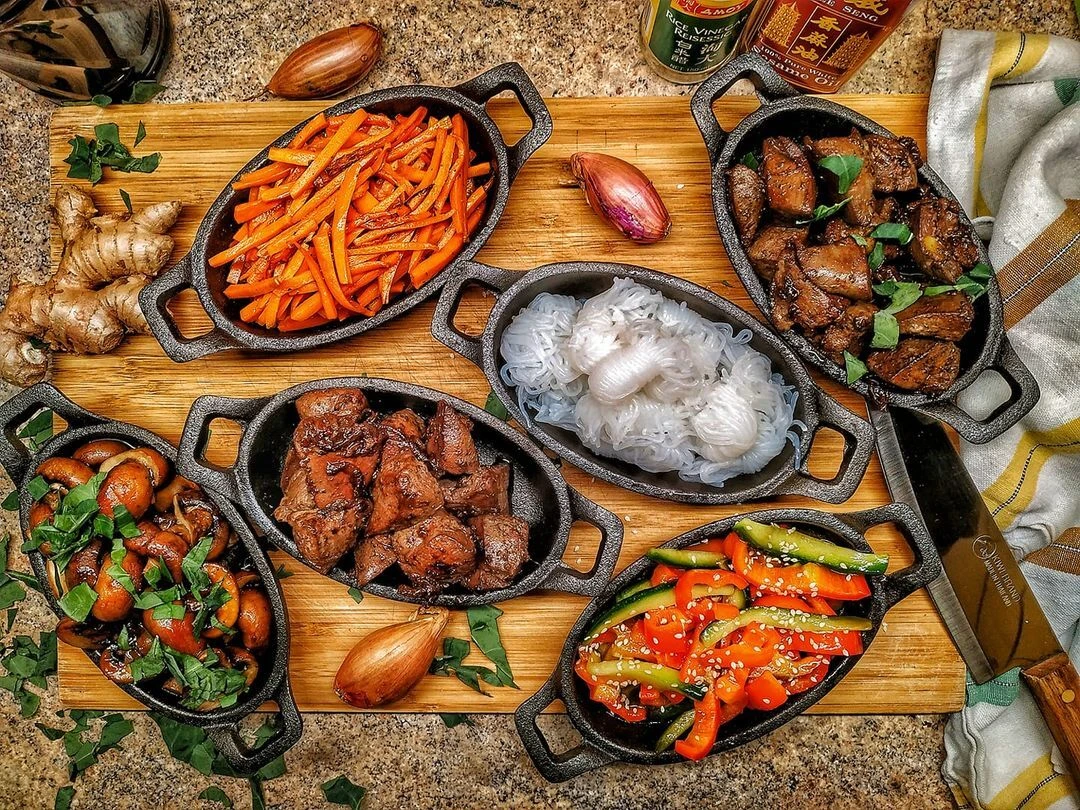
Versatile Cast Iron Corn Pan for Perfectly Cooked Delicious Corn Dishes at Home
The Versatility and Charm of Cast Iron Corn Pans
Cast iron cookware has long been celebrated for its durability and exceptional heat retention. Among the various types of cast iron cookware, the corn pan, often referred to as a cornbread pan or cornstick pan, holds a unique place in both culinary history and the heart of many home cooks. This delightful kitchen tool enables people to create perfectly shaped cornbread sticks that are both crispy on the outside and fluffy on the inside.
A Brief History
The tradition of cooking with cast iron dates back centuries. Iron began to replace clay and stone cookware in the 18th century, largely because of its ability to withstand higher temperatures and its longevity. The corn pan specifically originated in the Southern United States, where cornbread is not just a dish but a cultural symbol. It is a staple at Southern gatherings, celebrations, and family dinners. The cast iron corn pan was designed to mold the cornbread into individual servings, making it easy to share and enjoy.
The Allure of Corn Pans
What makes the cast iron corn pan so special? First and foremost, it is designed with multiple shallow indentations, allowing you to create cornbread in the shape of miniature corn on the cob or sticks. This unique design not only appeals to the eye but also enhances the cooking process. Each piece, thanks to the pans' heat distribution capabilities, cooks evenly, ensuring that all sides reach the perfect golden brown.
Cast iron has the added benefit of being naturally non-stick, especially when properly seasoned. The seasoning process involves applying a thin layer of oil to the pan and heating it, creating a non-stick surface that improves with use. This characteristic is particularly advantageous for cornbread, as it allows for easy release from the pan without losing the delectable crust that makes cornbread such a beloved dish.
cast iron corn pan

Versatility Beyond Cornbread
While the corn pan is fantastic for making cornbread, its uses don’t end there. These pans can also be utilized for a variety of other dishes. You can whip up individual servings of baked polenta, custard, or even corn-based muffins. The unique shapes and sizes make them perfect for creative presentations, and the durable nature of cast iron allows for stovetop-to-oven transitions.
Additionally, cast iron corn pans can be used for other cooking methods, such as grilling and roasting. You can place them on the grill to achieve that perfect char on vegetables or meats. Their versatility means that they can become a staple in your kitchen for numerous occasions, from casual barbecues to formal dinners.
Caring for Your Corn Pan
To ensure that your cast iron corn pan lasts for generations to come, proper care is essential. After each use, clean it with minimal water, avoiding soap that can strip the seasoning. Dry it thoroughly and apply a light layer of oil to preserve its non-stick qualities. Storing it in a dry place also helps prevent rusting.
Conclusion
The cast iron corn pan is more than just a cooking utensil; it’s a piece of history, a cultural symbol, and a testament to the enduring appeal of cast iron cookware. Whether you’re baking traditional cornbread or experimenting with new culinary delights, this beloved kitchen staple offers endless possibilities. With its charm, durability, and versatility, the cast iron corn pan is truly an invaluable addition to any kitchen. So, dust off your pan, gather your ingredients, and get ready to create delicious memories, one cornbread stick at a time.
-
Season Cast Iron Perfectly with GPT-4 Turbo TipsNewsAug.01,2025
-
High Quality Cast Iron Cookware - Baixiang County Zhongda MachineryNewsAug.01,2025
-
Premium Cast Iron Pan: Durable & Perfect HeatNewsAug.01,2025
-
High Quality Kitchen Durable Black Round Cast Iron Cookware Pancake Crepe Pan-Baixiang County Zhongda Machinery Manufacturing Co., Ltd.NewsAug.01,2025
-
Cast Iron Cookware - Baixiang County Zhongda Machinery | Nonstick, Heat ResistanceNewsAug.01,2025
-
High Quality Kitchen Durable Black Round Cast Iron Cookware - Baixiang County Zhongda Machinery | Non-Stick, Heat Retention, DurableNewsJul.31,2025


